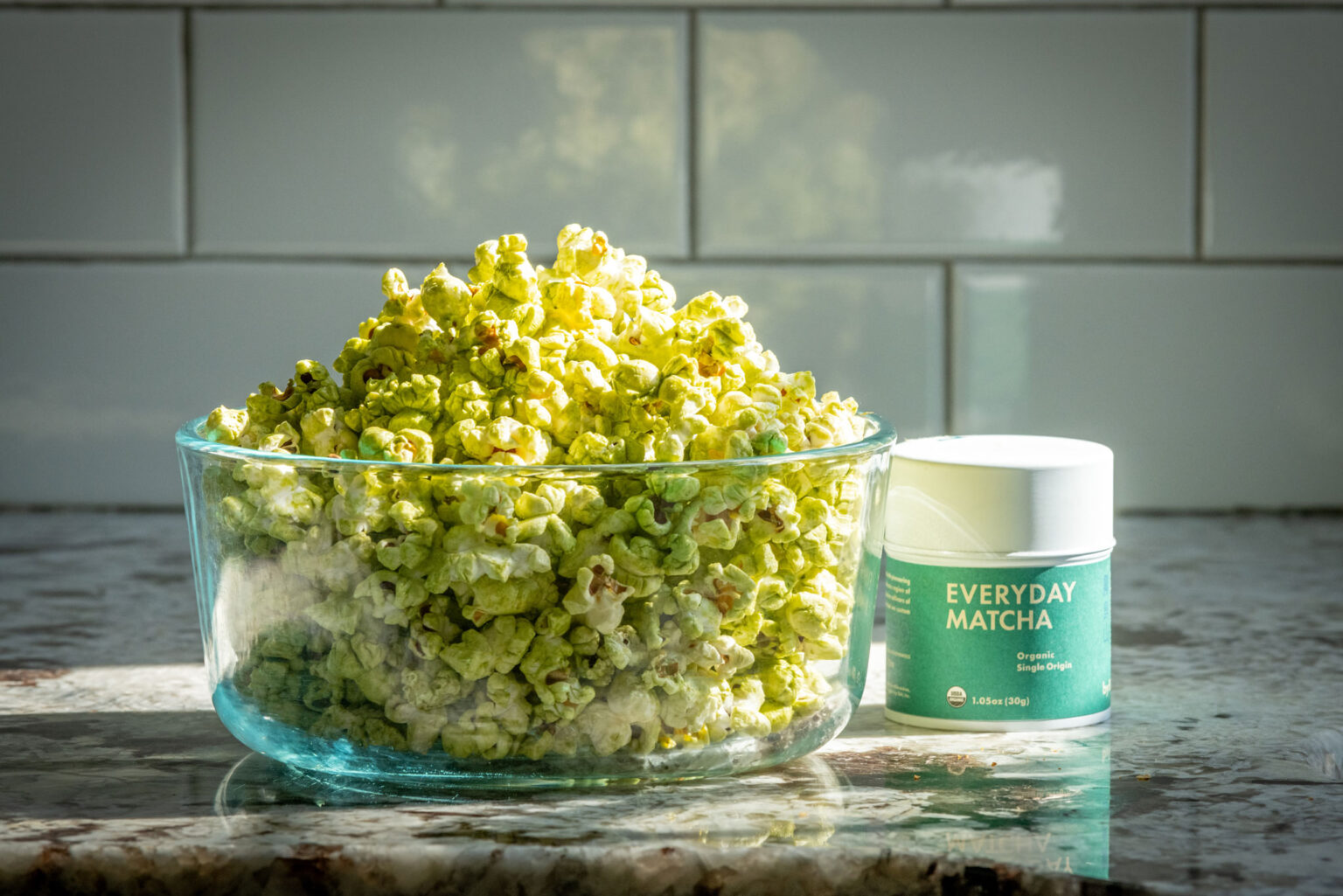To tell the tale of tea throughout the annals of time would take more space than these pages can hold. I waded my way through a thick record of this ancient leaf and was still left wanting. I see Chinese royals meticulously preparing the finest oolong for visiting foreigners. I remember the sweet movie scene where Kumiko performs a Japanese tea ceremony for Daniel. I imagine a British couple starting their day by sharing a cuppa.
The oldest physical evidence of tea was discovered in an imperial tomb in China and is believed to be about 2,100 years old. But Chinese legend and tradition date the discovery of tea back to 2737 B.C., more than 5,000 years ago. It’s considered the oldest beverage, steeped in mystery and tradition, and it’s the most consumed beverage in the world, after water. It’s a delicate leaf that releases flavor, life, and nutrition by being crushed, pressed, rolled, bruised, and steeped. It is tea.
You may think that black, green, white and oolong tea are all different varieties of this plant, but these colors are the result of different processing stages of the same plant: Camellia sinesis. Within this species, there are over 3,000 varieties, each with its own unique properties and terroir characteristics. Black tea is produced by allowing tea leaves to oxidize. Green tea is fresh cut leaves that are steamed. Oolong is partially oxidized, while white tea is unopened tea buds that are steamed or dried.
China and India are the top world producers, but the nuances of tea can vary by farm, region, and country. One simple tea that has been cultivated and processed with care and tradition can truly change your perspective on what tea is, was and can be. Over time, tea has also been adapted to cultures, enhanced by additives, blended and used as an ingredient in many foods and drinks. Jasmine tea is green tea rolled with jasmine flowers. Earl Grey is black tea infused with bergamot oil.
[adrotategroup=“1”]
In today’s U.S. culture, we either take tea for granted, consider it a second choice to coffee, or pass up the actual thing for “herbal tea.” Yet, its gentle, steady influence still impacts our lives. When I was a kid, tea parties were fancy play. As I got older, I enjoyed a mindful herbal tea from Colorado-based company Celestial Seasonings, a tea company based in Colorado that had a plethora of regular and herbal teas to choose. Then, as an adult, I fell in love with chai, a black tea and spice blend that originated in India.
Chai, the Hindi word for “tea”, originated in India when the British Empire tasked India with overtaking the world tea trade from China. Indians, who had preferred coffee, thought tea tasted weak, so they added spices and dairy to it. Today, each Indian household has a unique chai recipe. It took me two years of experiments to make my own, and, for me, there’s nothing like a steaming mug of creamy hot chai on a frosty winter morning.
I can’t effuse like that and not give you a recipe, so I’m gifting you a one-cup version of my personal chai recipe that you can make at home. You can also play around with a couple more of my tea recipes: Earl Grey Lavender Coffee Syrup and Matcha Stovetop Popcorn. But don’t stop there! Try adding jasmine tea to your rice cooking water or infusing tea into chocolate fondue. The possibilities are many! N
By S. Michal Bennett
Photography By Joel Riner
As Featured In: Winter/Spring 2023


